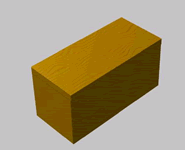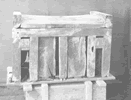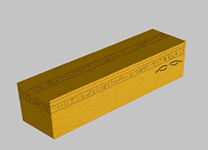| Homepage | Timeline | Maps | A-Z index | Learning |
Burial customs: coffins in the Old Kingdom (about 2686-2181 BC)
|
The first coffins - mostly badly preserved - might
have been simple wooden boxes. They are already attested in the Naqada
Period.
|
|
 |
example in Digital Egypt: |
|
In the Early Dynastic Period there are wooden coffins
attested which copy a palace facade. This kind of coffin seems to be
in use till the end of the Old Kingdom (about 2686-2181 BC)
.
|
|
|
example in Digital Egypt for Universities: Tarkhan/Kafr Ammar tomb 532 |
|
|
Tarkhan/Kafr Ammar,
unpublished excavation photograph
(click on the image to see a larger picture) |
|
Sarcophagi (stone coffins) are attested for the first time in the Third Dynasty. They are common at Gizeh/Dahshur/Saqqara (the cemeteries of the capital), but not in the provinces. Coffins and sarcophagi are sometimes inscribed with titles and the name of the owner. Such inscriptions are not very common before the Sixth Dynasty.
further reading:

